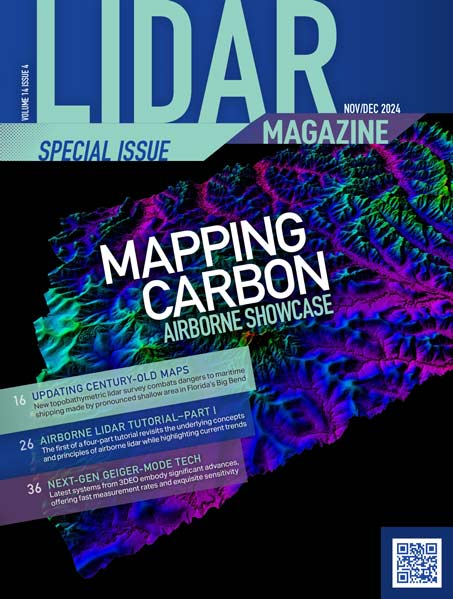Usually development of a NASA scientific instrument requires a lot of funding and a lot of planning to insure that the device will perform as needed and withstand the rigors of flight. With respect to NASAs HSRL the High Spectral Resolution LiDAR this was not the case.
The sensor that started out as a sketch on a napkin with no funding recently surpassed 1,000 hours of collecting atmospheric data all over North America. This is the first time that NASA has had a scientific instrument put 1,000 hours on an aircraft.
Kudos to all involved and perhaps there is a lesson there that could lead to more efficient sensor development.
